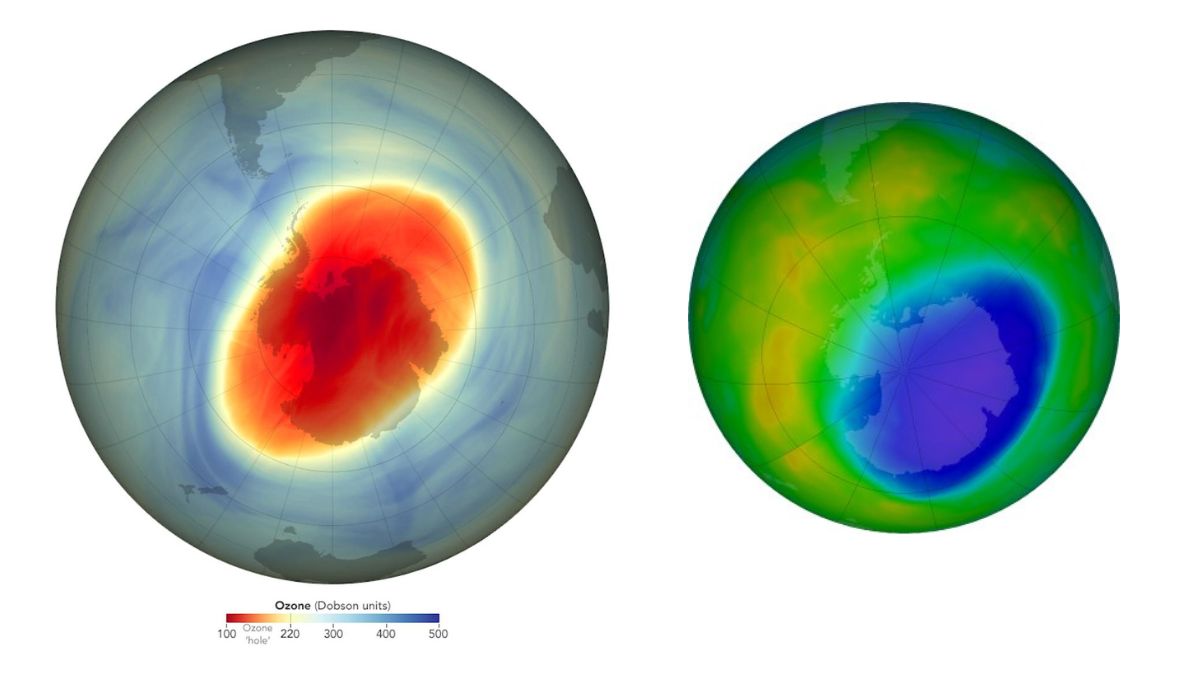- By Kamal Kumar
- Wed, 22 Nov 2023 02:12 PM (IST)
- Source:PTI
Ozone Hole News: A study published in the acclaimed science journal Nature Communications claimed that the Ozone hole over Antarctica has been among the largest in the last three years. The researchers associated with the latest study of the protective blanket over the earth have said that the ozone hole has been remarkably massive and persistent over the last four years.
While claiming that the usual suspect chlorofluorocarbons (CFCs) are not the only things to blame, they underscored that changes in the air that is arriving into the polar vortex above Antarctica could be one among many reasons to blame.
CFCs, which comprise carbon, hydrogen, chlorine, and fluorine, are greenhouse gases that have been investigated for their role in depleting the ozone layer. The ozone layer in Earth's atmosphere serves as a barrier, shielding people from the sun's harmful ultraviolet (UV) radiation and preventing the onset of skin diseases including skin cancer.
What Researchers are saying?
According to the lead researcher of the study, Hannah Kessenich, a doctoral candidate at the University of Otago, New Zealand, the team observed a significant reduction in ozone levels at the centre of the hole compared to 19 years ago.
"This means that the hole is not only larger in area but also deeper throughout most of spring," said Kessenich.
The group examined the variations in monthly and daily ozone levels at various altitudes and latitudes within the Antarctic ozone hole, spanning the years 2004 to 2022.
"We made connections between this drop in ozone and changes in the air that is arriving into the polar vortex above Antarctica. This reveals the recent, large ozone holes may not be caused just by CFCs. While the Montreal Protocol has vastly improved our situation with CFCs destroying ozone, the hole has been amongst the largest on record over the past three years, and in two of the five years before that.
Our analysis ended with data from 2022, but as of today the 2023 ozone hole has already surpassed the size of the three years prior - late last month it was over 26 million square kilometres, nearly twice the area of Antarctica," said Kessenich.

